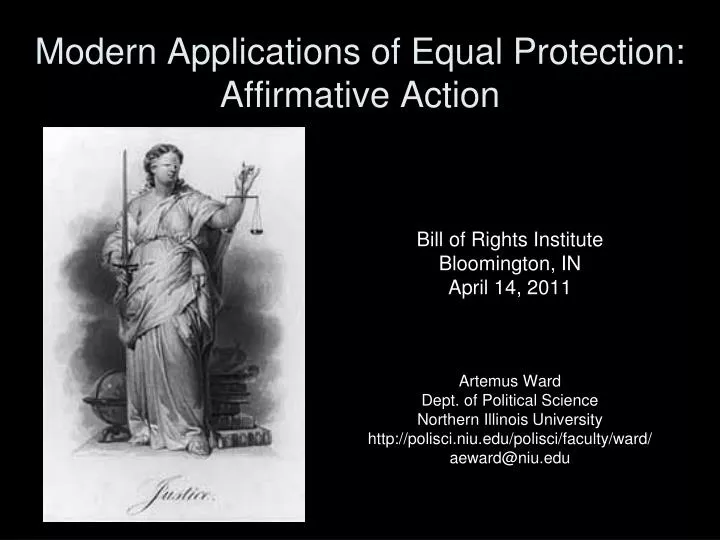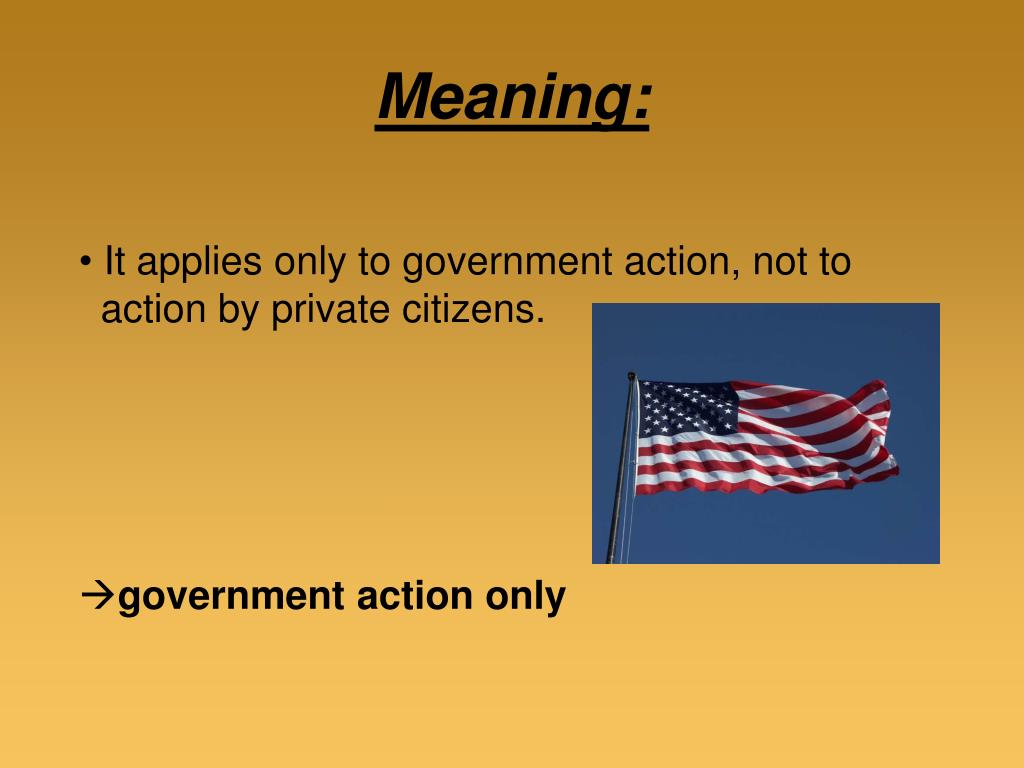
harmonising the thresholds for the duty to make reasonable adjustments for disabled people.applying the detriment model to victimisation protection (aligning with the approach in employment law).introducing the concept of “discrimination arising from disability” to replace protection under previous legislation lost as a result of a legal judgment.extending protection against indirect discrimination to disability.


#Equal protection how to
If you were subject to unlawful treatment on or after 1 October 2010, the Equality Act applies.įor example, if you experienced sex discrimination on 30 September 2010, which continued until 2 October 2010, the Equality Act will apply, not the Sex Discrimination Act.įind out more about how to complain about unlawful treatment in the Discrimination: your rights guide. Questionnaires and guidance booklets for complaints under previous legislation.They will go ahead according to the legislation under which they were brought, even if they may have continued after 1 October 2010. This is also true of any legal proceedings. Instead, you’ll be covered by the legislation that was in force at the time.įor example, if you experienced race discrimination on 30 September 2010 and want to make a complaint or bring legal proceedings, the Race Relations Act 1976 will apply, not the Equality Act. If you were subjected to unlawful treatment (eg discrimination, harassment or victimisation) before 1 October 2010, the Equality Act won’t apply. If you wish to complain about possible unlawful treatment there are 2 separate processes, depending on when it happened.

Discrimination: making a complaintīefore the Act came into force there were several pieces of legislation to cover discrimination, including: It sets out the different ways in which it’s unlawful to treat someone.įind out more about who is protected from discrimination, the types of discrimination under the law and what action you can take if you feel you’ve been unfairly discriminated against. It replaced previous anti-discrimination laws with a single Act, making the law easier to understand and strengthening protection in some situations. The Equality Act 2010 legally protects people from discrimination in the workplace and in wider society.


 0 kommentar(er)
0 kommentar(er)
